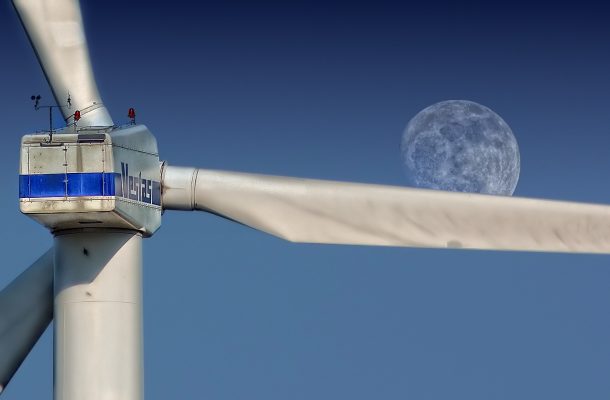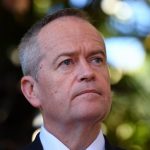The National Energy Guarantee can work – if the emissions target is increased

Clean Energy Council Chief Executive Kane Thornton says the COAG Energy Council should continue to progress the design architecture of the National Energy Guarantee (NEG) at this Friday’s meeting, but the clean energy industry says the Commonwealth needs to pump up the proposed emissions reduction target if it is serious about reducing power prices.
While the NEG policy design had potential, the low level of ambition on the emissions reduction target meant the policy would be essentially useless unless this is addressed.
“The $10 billion of new investment being driven by the Renewable Energy Target means the current emissions target will already be almost completely met by the time the NEG starts operating. We need to pump up the target or there won’t be enough certainty to encourage new large-scale renewable energy projects,” Mr Thornton said.
“While old coal-fired power stations continued to close over the last decade, chronic policy uncertainty driven by partisan power politics meant Australia did not invest enough in new energy generation to replace them. Wholesale power prices surged and we all paid for it.
“The wave of new wind and solar projects being built under the RET between now and 2020 means this trend is finally reversing. There are projections new renewable energy will deliver about $400 in annual savings for households next decade.
“Investors need some certainty to ensure new wind and solar projects continue to be built and drive down power prices. This is because these projects are capital-intensive and have a long life.
“We have consulted extensively, and we believe the best chance of delivering bipartisan energy policy for our industry lies in the COAG Energy Council agreeing to progress the NEG architecture – with some important tweaks. We can then begin to properly debate the emissions reduction target and ensure it is raised to a more sensible level which reflects the ability and willingness of the energy sector to significantly cut its emissions intensity.
“The current target will be put to the Australian Parliament later in the year, but there’s not much point legislating a target we will meet by default and which won’t actually do anything to encourage new investment. And if the political negotiations to secure the NEG result in a government commitment to build new coal, private investors will simply jump ship to other countries with a less volatile investment environment.”
Mr Thornton said a handful of other design issues needed to be addressed:
The policy architecture should include a backstop that prevents future attempts to reduce the emissions reduction target and the target should be reviewed more frequently than currently planned to ensure it keeps up with changes in the energy sector.
Furthermore, the current design proposes automatically passing the emissions reductions from solar power systems to electricity retailers. This should be fixed so solar system owners can decide where their emission reductions go.
The role of energy storage in supporting reliability should be fully recognised, as should the fact that Western Australia and the Northern Territory are currently excluded from the emissions reduction target. When considered across the electricity sector for the entire country, this means an emissions reduction of less than the nominal 26 per cent.
Offsets should be excluded from the scheme. Out-sourcing emissions reduction to other sectors means less investment in new energy generation, which means higher power prices.
“The Clean Energy Council looks forward to working with all COAG Energy Council members to towards an effective policy architecture and a more sensible emissions reduction target,” Mr Thornton said.
The Clean Energy Council’s full submission on the design of the National Energy Guarantee can be found here.
Open Forum is a policy discussion website produced by Global Access Partners – Australia’s Institute for Active Policy. We welcome contributions and invite you to submit a blog to the editor and follow us on Twitter, Facebook, Linkedin and Mastadon.














